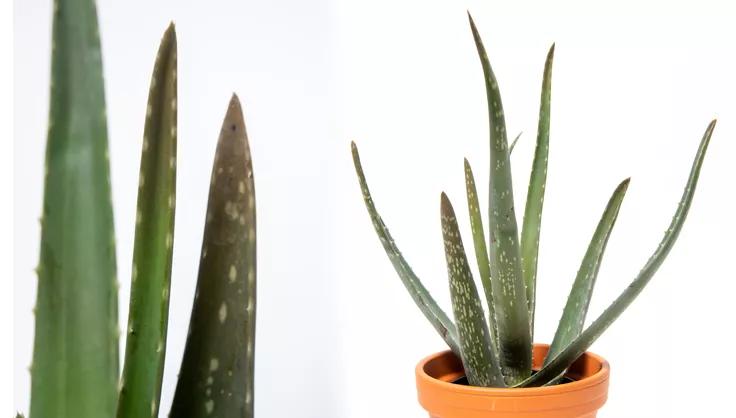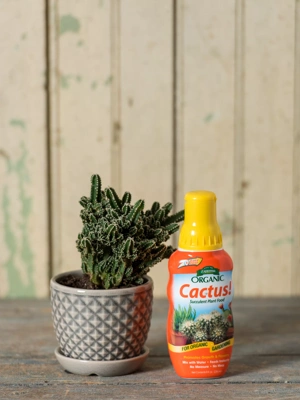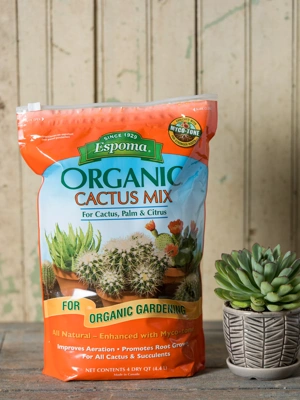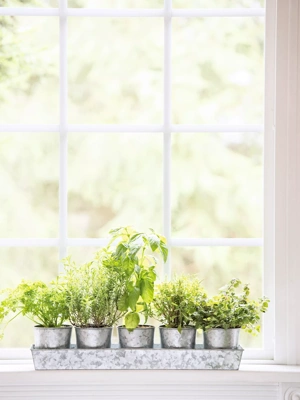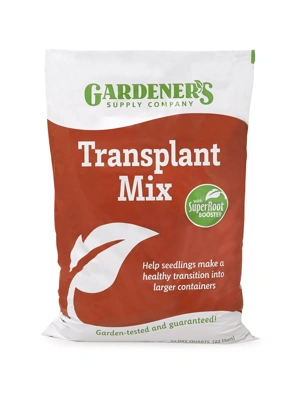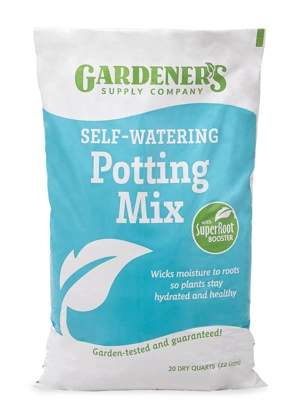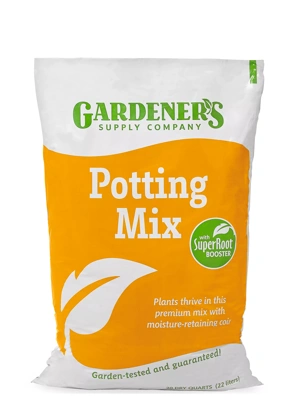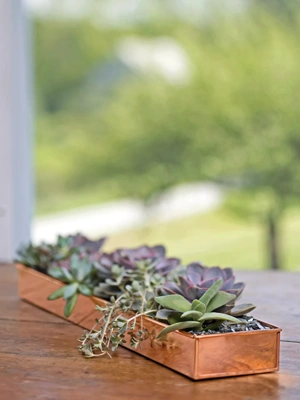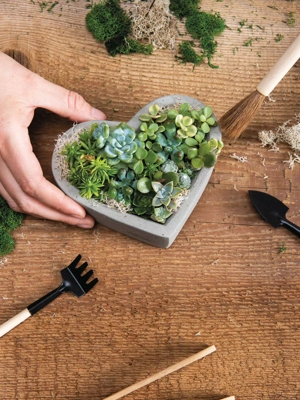How To Grow & Care For Aloe Vera Indoors
Aloe vera, with its spiky green leaves and myriad of uses, is not just a striking addition to your indoor or outdoor garden; it’s also a powerhouse of health benefits. Inside its plump leaves is a mucilaginous gel known for its soothing anti-inflammatory, antibacterial, antiviral, antiseptic, and wound healing properties. Members of the Aloe genus are native to arid climates, and are widely distributed in Africa, India, and other dry regions. As a desert native, aloe vera is drought-tolerant and will easily thrive in a bright room.
Types of Aloe Vera to Try
When it comes to aloe vera, the most commonly grown variety is Aloe barbadensis Miller, prized for its thick, gel-filled leaves. A. variegate (Tiger Aloe) is a dwarf type aloe characterized by short, smooth leaves with uneven white stripes. A. glauca (Blue Aloe) is a larger aloe species with silver-blue leaves.
Best Growing Conditions for Aloe Vera
Light
Aloe vera plants need plenty of bright, natural light, but not direct sunlight. Mature aloe vera plants grown outdoors year-round under enough light can occasionally produce a tall flower spike—called an inflorescence—from which dozens of tubular yellow or red blossoms appear.
Soil
Aloe vera plants prefer well-draining soil that is slightly acidic, with a pH of around 6.0. A cactus or succulent potting mix is suitable, or you can make your own by mixing perlite, lava rock, or coarse sand with regular potting soil. Be sure the container has adequate drainage holes on the bottom.
Humidity
Aloe vera isn’t fussy about humidity and is very drought-tolerant — standard indoor room humidity should be just fine.
How to Care for Aloe Vera
Watering
Aloe vera plants need infrequent watering, as they store water in their leaves. Water them deeply when the top 1 to 2 inches of soil feels dry to the touch, and let the excess water drain out of the pot. Do not let the plant sit in water or soggy soil, as this can cause root rot. Water less often in winter when the plant is dormant.
Fertilizing
Aloe vera plants do not require fertilizing, as they are native to dry, nutrient-poor soils. Occasional repotting in fresh potting mix should supply an adequate boost of nutrients for aloe.
Pruning
Aloe vera plants do not require pruning, except to remove dead or diseased leaves. As the plant ages, some of the outer leaves will turn brown and dry up — this is normal and you can simply snip off the dried, dead leaves.
Propagating
Aloe vera plants produce offsets or pups that grow around the base of the mother plant. You can propagate new plants by separating these pups when they are about 2 to 3 inches tall and have developed their own roots. Use a sharp knife to cut them off from the mother plant, gently tap off the excess soil, and then plant them in their own pots with fresh well-drained soil.
Repotting
Repot your aloe vera when it outgrows its current container or becomes root-bound, typically every 2-3 years. Use a slightly larger pot with fresh potting mix.
Aloe Vera Pests and Problems
Notable Pests
Aloe vera plants are generally pest-free, but they may occasionally attract mealybugs or aphids. These pests can be controlled by wiping them off with a cotton swab dipped in rubbing alcohol, spraying them with insecticidal soap or neem oil, or using a systemic insecticide.
Notable Diseases
Aloe vera plants are susceptible to fungal diseases such as root rot, basal stem rot, and aloe rust. These diseases are generally caused by overwatering or poor drainage. To prevent them, water sparingly and only when the soil is dry. Use well-draining, gritty soil and be sure to plant in pots with drainage holes on the bottom.
Signs of Stress
Aloe vera plants may show signs of stress such as wilting and discoloration:
Mushy, wilting leaves: This is indicative of overwatering. Succulents like aloe vera store water in their leaves and need only occasional, deep watering. Remove the damaged leaves and repot the aloe vera plant in fresh soil — then only water when the top 1-2 inches of soil is totally dry and the pot feels a bit light in weight.
Weak, stretched leaves: The plant likely isn’t receiving enough light. Relocate the aloe vera to a sunnier window or provide supplemental light from a full-spectrum grow light.
Browning leaf tips: This is indicative of too much harsh, direct sunlight. Relocate the aloe vera plant to a lower light location.
Aloe Vera FAQs
Q: Can aloe vera survive in low light conditions?
A: While aloe vera prefers bright, indirect light, it can survive in low light conditions. However, its growth may slow down, and it might become leggy or stretched out.
Q: How do I extract the gel from my aloe plant?
A: Choose a healthy outer leaf of your aloe vera that is plump and firm. Slit the leaf lengthwise and remove the gel from the inside with a spoon or apply the leaf (gel-side down) directly to your skin. Aloe vera gel should have a cooling effect. It is strongly recommended that you consult your health care professional before using aloe vera on your body.
Q: Is aloe vera safe for pets?
A: While aloe vera offers medicinal benefits for humans, its ingestion can be harmful to pets, causing digestive issues. Keep it out of reach of curious furry friends.
Boasting high medicinal value and a low maintenance lifestyle, aloe vera is a must-have for your indoor garden! With well-drained soil and tons of light, this little desert plant is sure to flourish.
Last updated: 05/09/2024
Print this Article:
Related items
Get the Dirt
Stay up to date on new articles and advice. Please fill out the information below.

